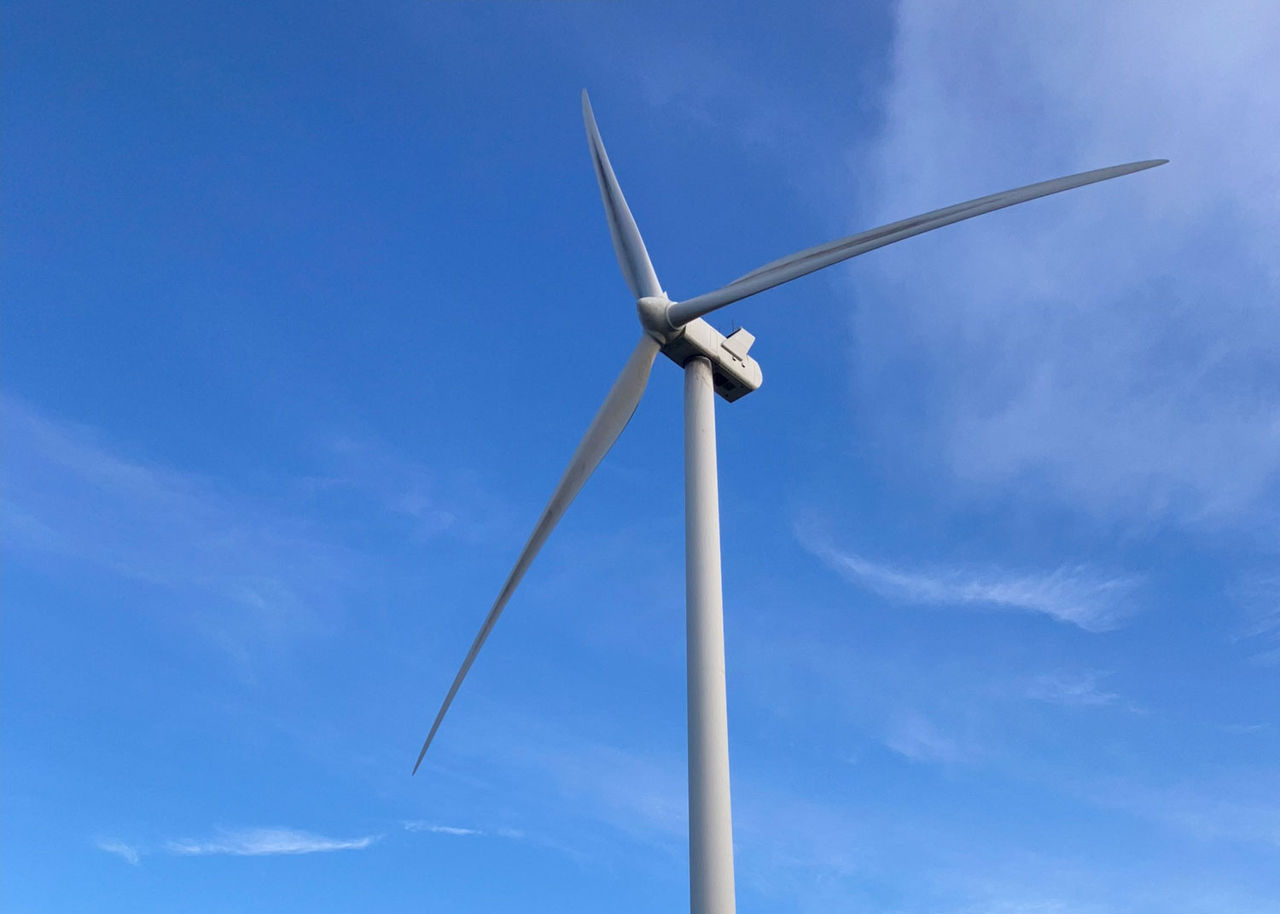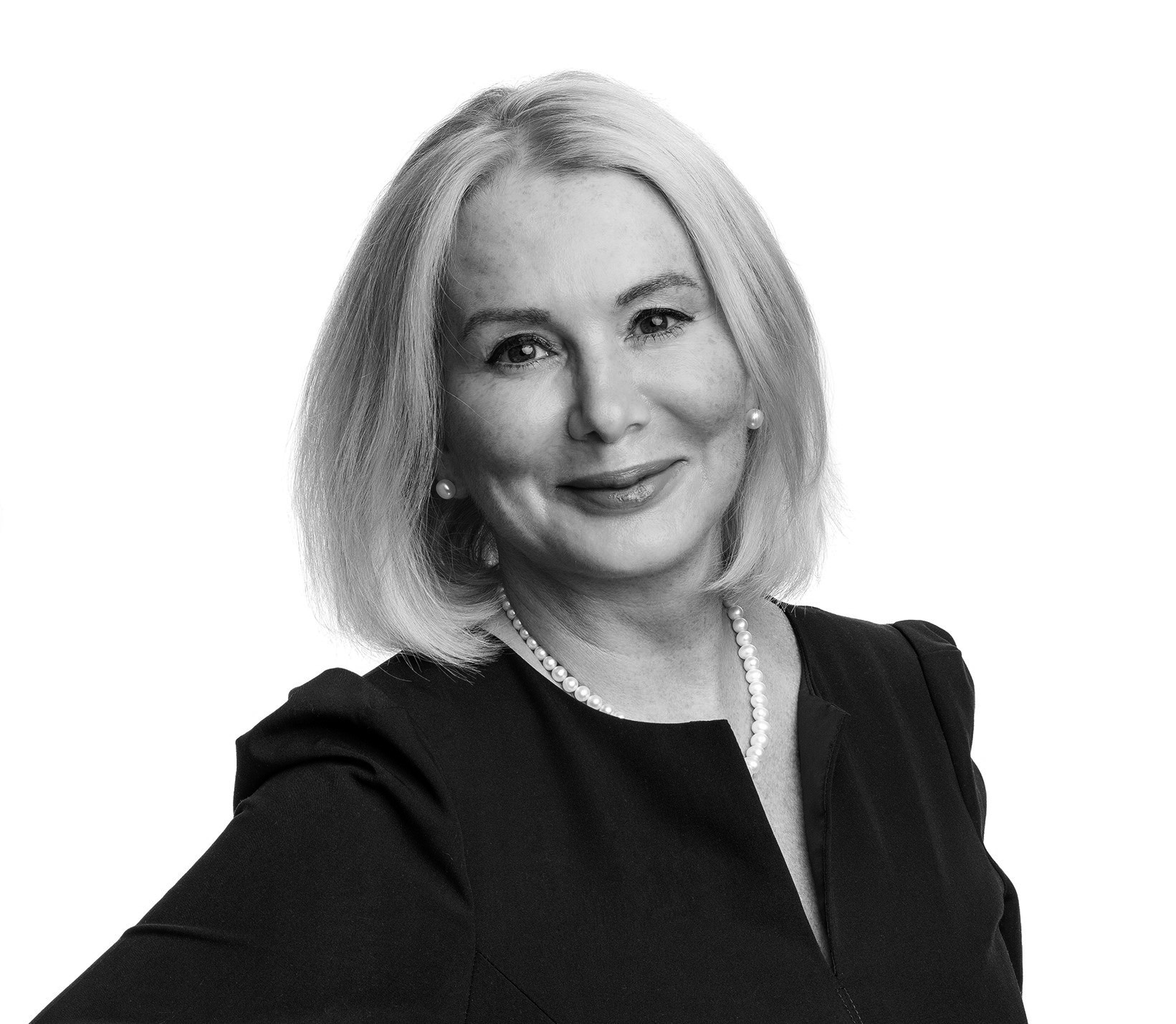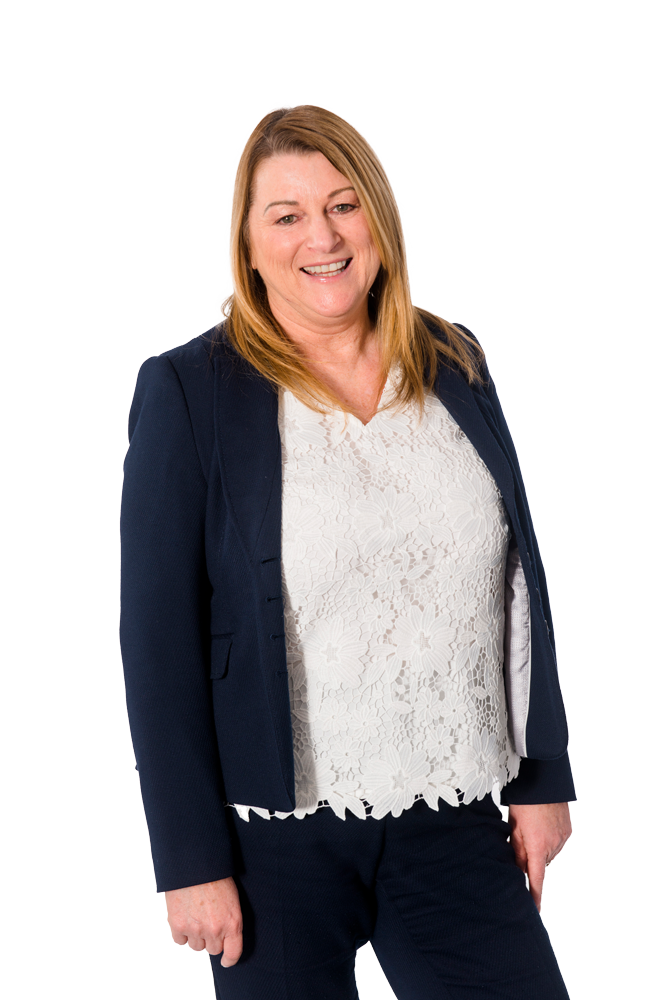In this article
The winds of change are blowing
30% of the 9000 onshore wind turbines installed in the UK are nearing the end of their intended lifespan and since the beginning of the decade 150 wind turbines have been lost2. With the dual forces of energy security and the net zero target giving renewable energy such a big part to play in our future it’s vital that there is a focus on keeping the blades of the onshore turbines turning. Here Pamela Bingham, CEO of ERIKS Industrial Services explores why now is the right time to be thinking about these assets in an entirely new way.

Irrespective of its manufacturer every wind turbine has a design life, similar to a car or anything else that's engineered. The usual design life of a wind turbine is 25 years and once that period expires the turbine is at or near the end of its working life. Onshore wind turbines by their very nature are exposed to extreme climatic conditions. They have to be designed to meet international standards to ensure they can withstand the forces they are subjected to.
With the first commercial scale wind farm being built in the UK in 1991, generating a relatively modest 400kW with a 34m diameter rotor, the reality is that wind farm owner/ operators are now faced with three options as wind turbines come to the end of their design life and in this article we’ll discuss the pros and cons associated with these choices.
The first option is perhaps the most unpalatable in that the wind farm owner/ operator decommissions the site or the individual turbine. This involves the dismantling of the turbine and the disposal of all the relevant components, which presents a particular recycling challenge. What to do with the blades? What to do with the tower? What to do with the machine train and all the ancillaries? Even a smaller turbine can have up to 1500L of used oil within it, so what to do with that? The decommissioning option is especially unattractive as, at this point, the wind farm owner/ operator has effectively ‘paid off the mortgage’* so future energy generation brings high margin profits and from an environmental perspective green electricity can be generated with no new raw materials or carbon having to be invested.
Wind curtailment
The second option is that the wind farm owner/operator can ‘repower’ the site and start again using whatever infrastructure is available, reusing as much of the original equipment as can be salvaged. ‘Repowering’ is the upgrading or modernising of existing wind farms to significantly increase their output. The result is that more energy is generated at established sites, and by using existing infrastructure the carbon impact is considerably reduced.
However, there is a major stumbling block to ‘repowering’ which is ultimately the capacity of the energy grid itself. We have started to see what is being termed ‘wind curtailment’ become a factor. Renewable energy is generated but, due to a variety of different factors, cannot be transferred to the grid3. Let’s look at a simple ‘repowering’ example to highlight the issue. A wind farm owner/ operator has a site with 10 wind turbines each generating one megawatt. All are nearing the end of their working life, so they decide to repower them to two megawatts and double the output of the site! But the electrical infrastructure cannot accommodate this extra power so they can only repower 50% of that wind farm and the other 50% would need to be decommissioned - which takes them back to the unpalatable option one.
The challenges of life extension
With decommissioning and ‘repowering’ proving unattractive for owner/operators a third option has recently emerged, ‘Life Extension’. This is a relatively new concept and, as the Energy Institute wrote in an article in November 20241, “Life extension [of onshore wind turbines] is a balance to ensure safe operation until decommissioning. The industry is learning as a whole, and international standards relating to management of life extension of wind turbines are still in draft form.”
ERIKS has its own, unique approach to the Life Extension of wind turbines. By looking at the historical data from a turbine’s SCADA [Supervisory Control And Data Acquisition] system it’s possible to deduce if the wind turbine has been exposed to impacts or environmental factors that it has not been designed for.
If a wind turbine has been designed to withstand 100 mph winds for example, how many times has it exceeded that in its operational life? How many major components have been changed out? Has the main gearbox been changed out in the last 25 years? Plus, what's the condition of the tower and the blades? Using this data we build a digital twin, an identical replica but in a digital format, and through that information you get a digital indication of where the stresses and strains are. With the digital twin it is then possible to calculate what maintenance work needs to be done in order to create a RUL (Remaining Useful Life) calculation. Based on the data we are then able to advise if the owner/operator may be able to get another two years, five years, 10 years or even another 15 years from their existing wind turbine.

The first opportunity to engage with ERIKS on the topic of Life Extension is the ALL-ENERGY exhibition at Glasgow’s SEC on 14th and 15th May 2025. Here ERIKS will launch its Lifetime Extension service alongside its partners Xi Engineering Consultants and 1StopWind. The partnership will operate as a seamless service, but each partner handles a distinct part of each project.
1StopWind provides statutory health and safety inspections including drone inspections of turbine blades. Drone wind turbine inspections provide a simple way to identify a problem, without having to physically climb the structure. A drone is used to capture high quality images and provide high-definition footage which is used to carry out detailed inspections and provide an accurate condition report.
Xi Engineering Consultants brings its expertise to the digital twin aspect of the service. Its advanced Multiphysics computer simulations are validated by physical measurements and data analysis and it’s this merging of the real and the virtual that makes Xi’s cutting-edge simulations among the most accurate in the world. Its Digital Twin acts as a virtual replica of the wind turbine enabling the owner to monitor operation, predict future failures, and optimise performance.
The partnership brings to the fore ERIKS’ technical and supply chain expertise regarding large specification rotating equipment, such as motors and gearboxes. An investment of hundreds of thousands of pounds has been made into the ERIKS Service Centre in Aberdeen to create a Centre of Excellence for Renewables that has a dedicated yaw gearbox repair cell and is able to deliver all aspects of generator inspections, overhauls and repairs along with a full motor rewinding service. The facility is also supporting the local Scottish economy by creating jobs and growing the local workforce of skilled staff.
Through Life thinking
While Life Extension is a recently new phenomena for onshore wind turbines it immediately leads on to an associated topic which is ‘Through Life’ thinking. As the Energy Institute concludes,1 “Those currently navigating the complexities of wind turbine life extension find themselves in a fortunate position. Wind turbines designed over two decades ago were typically over-engineered, incorporating levels of redundancy that allow for reasonable life extension in many cases. However, since then, computational modelling has improved, turbine control has become more site-specific, and designs have become leaner to manage costs. More attention will be required earlier in modern wind turbines’ life cycle. Fortunately, as Life Extension practices become more standardised, it can be planned for from day one. By providing appropriate information and recording accurate data over the course of the operational life, we can achieve more precise predictions of their remaining lifespan.”
The key point here is that if Life Extension is planned at the beginning of an assets deployment the ‘Through Life’ of an onshore wind turbine will replicate how assets are monitored, assessed and maintained in virtually every other industry sector in the UK from food and beverage production to nuclear power generation. With the key metric now being uptime it’s easy to see how the core skills of a business like ERIKS, which specialises in the technical inspection and repair of equipment such as motors and gearboxes along with its spare parts and supply chain expertise, is highly attractive to those wind farm owner/ operators and we want to have those long-term planning conversations with them.
It must be acknowledged that this ‘Through Life’ thinking cuts across the current model where the wind turbine OEM offers an extended warranty (as much as five years) and the owner/ operators are locked in. But, as we have read, it’s a changing market and OEMs are not necessarily well-placed to offer the best value or the speed of service required and even they may well see the value in focusing on their core proposition (selling new equipment) as opposed to making a small amount of extra money through a warranty they find difficult to honour.
The opportunity offered by the Life Extension of older wind turbines and then ‘Through Life’ thinking for younger or new assets is almost dizzying in its scope. For the wind farm owner/ operators and investors there is the opportunity to create unforeseen revenue from a historical investment, for UK PLC there is the prospect of stability in renewable power generation and for everyone there is the capability to generate power with no additional carbon impact. However, while the benefits are easy to see, because of vested interests and the habits established during a quarter of a century of operation, there will be bumps along the road as new players, like ERIKS, bring their decades of expertise from different sectors into the onshore wind turbine sector. But it’s time to open those conversations as the benefits to people, planet and profit are undeniable.
References:
1 https://knowledge.energyinst.org/new-energy-world/article?id=139164
2 Billy Stevenson, CEO, Full Circle - https://knowledge.energyinst.org/new-energy-world/article?id=138237
3 https://theenergyst.com/preventing-wind-power-wastage/
For more information on Renewables, or get in touch with your local ERIKS Service Centre who will be happy to discuss your options.
#ERIKS #LetsMakeIndustryWorkBetter #XiEngineering #1StopWind #Renewables #WindPower #WindTurbines #Engineering #Repair

